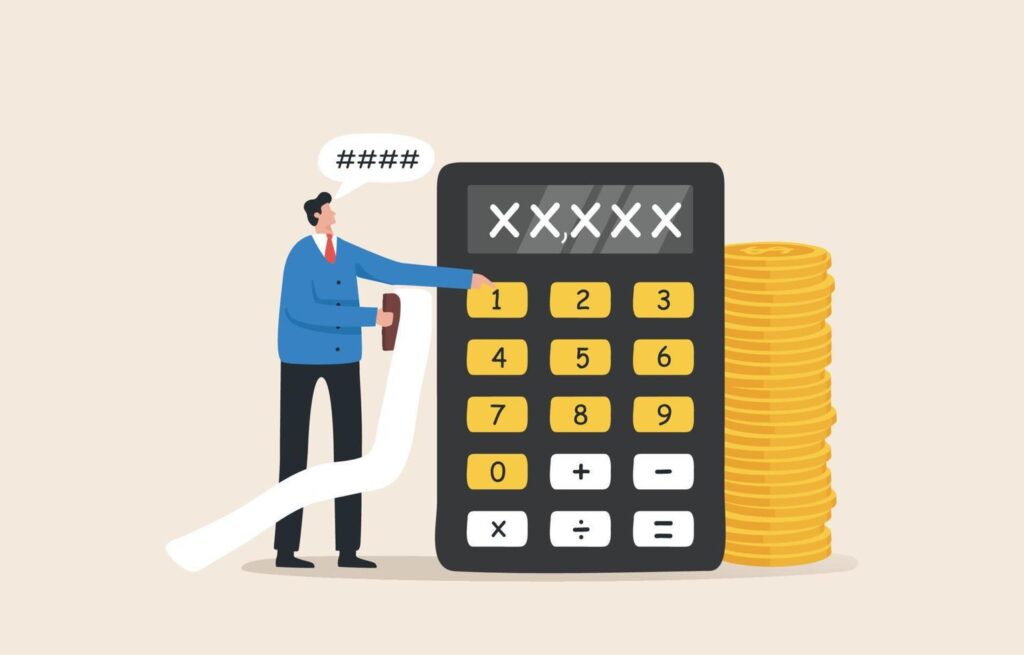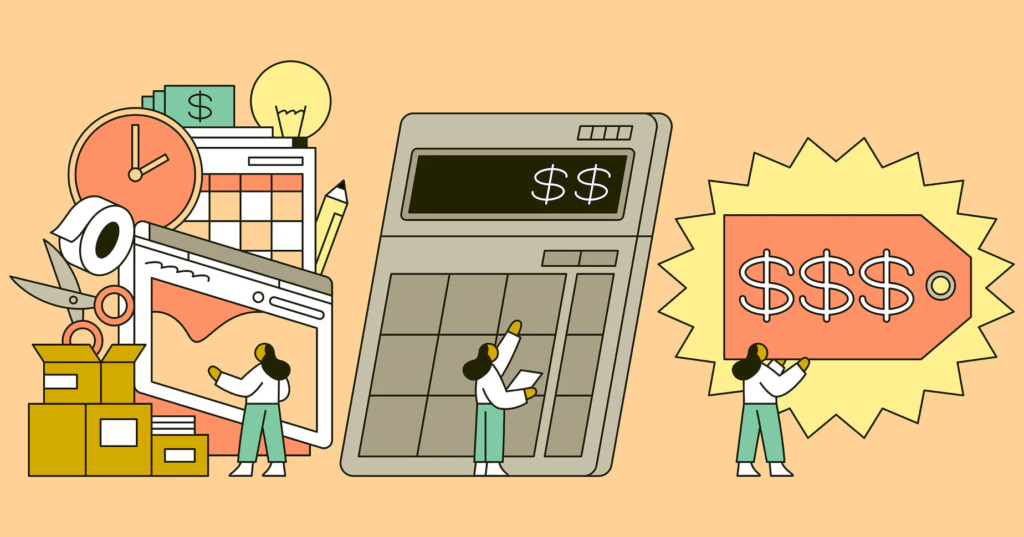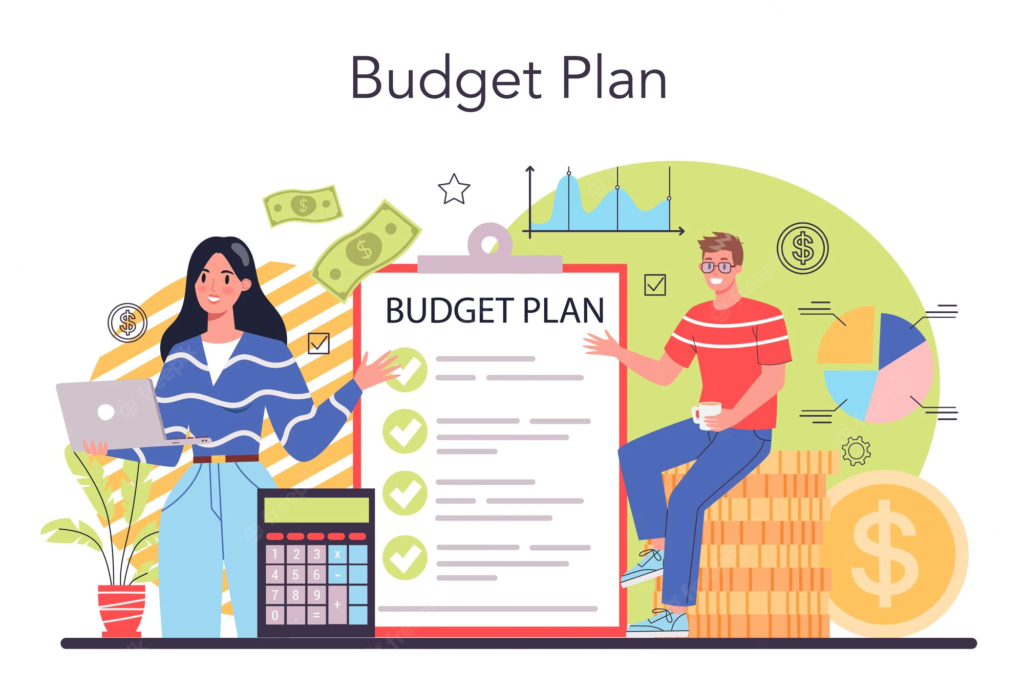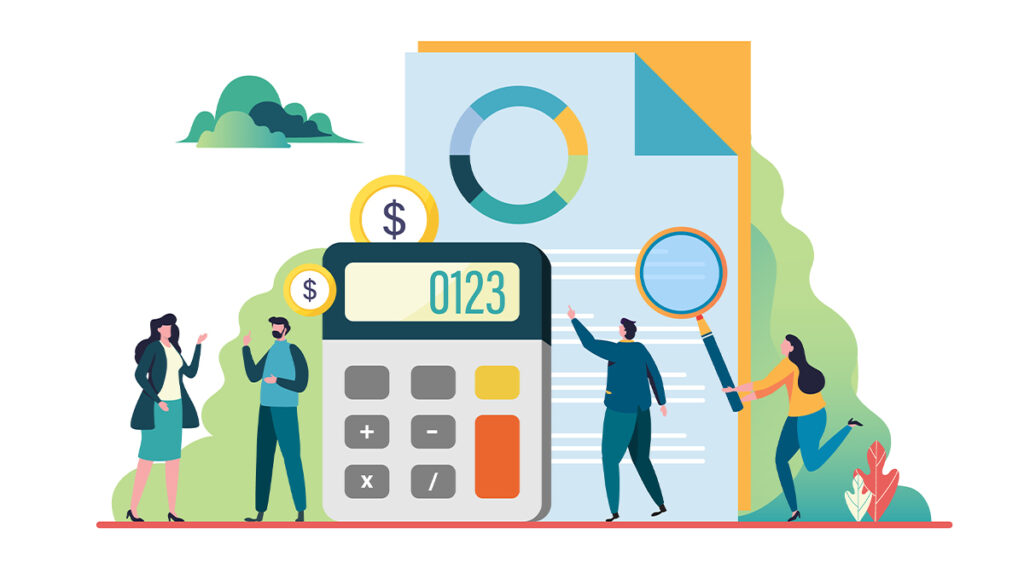How to Create a Budget for Beginners 7 Step Guide — Managing money does not have to be difficult. Whether you’re looking to pay off debt, save up for a purchase, or simply take better control of your money, establishing a budget is step one to financial freedom. Follow our beginner’s guide to learn the basics of budgeting, with each step clearly laid out. None of that complicated jargon here—just practical information to help you take command of your money and establish a strong financial foundation.
Why budgeting is important:
- This prevents you from overspending
- It helps you set money aside for goals — a vacation, an emergency fund, a new phone
- It gives you peace of mind
- It helps you avoid debt
- It revolutionizes the way you handle your finances
Just having a plan makes a big difference even if you bring in very little.
Step 1: Understand Your “Why”: Define Specific Financial Goals
So, before you start How to Create a Budget for Beginners 7 Step Guide, you need to answer the question, “Why do I want to budget?”
This could be:
- To help you stop living paycheck to paycheck
- To pay off credit card debt
- To save money for a trip, a wedding, or your first home
- To build an emergency fund
- To worry less about finances
It’s easier to keep motivated when you have a strong why.
Tip: Make your goals stick by writing them down and keeping them visible — on your phone screen or your fridge. So you’ll remember why you started every time you feel like quitting.

Step 2: Record Your Income — Understand What’s Entering
This is the income you get each month. It could be from:
- Your net salary or wages (after taxes)
- Freelance work or side gigs
- Tips or commissions
- Passive income (such as rental income or dividends)
- Any governmental aid or grants
Action step:
List all your sources of income and the average amount you earn from each. This will help you in the assessment of the life volume of your monthly income.

Step 3: Track Your Expenses — Understand Your Spending
This is where many get caught off guard.
We often don’t realize what we’re spending — and on what — particularly on little items such as coffee, food delivery or online shopping. Now it’s time to monitor every detail.
Generally, there are two types of expenses:
Fixed Expenses:
These do not change month to month. For example:
- Rent or mortgage
- Loan payments
- Insurance premiums
- Subscriptions (Netflix, Spotify)
Variable Expenses:
These can vary from month to month. For example:
- Groceries
- Gas
- Eating out
- Shopping
- Entertainment
Action step:
Check bank statements for the last 1–2 months. Keep track of every dollar you spend and organize it into categories. Also, remember to apportion annual or quarterly bills (such as car servicing or gifts) and include them in your monthly expenses.

Step 4: Pick a Budgeting Method That Works for You
There’s no universal, cookie-cutter style. Here are a few popular ones:
1. The 50/30/20 Rule
- 50% of your income will get you needs (rent, food bills)
- 30% is for wants (eating out, hobbies)
- 20% goes to savings and debt repayment
Great for beginners!
2. Zero-Based Budget
Every dollar is given a job. Your income – expenses = $0
It’s more in-depth but also lets you have complete control.
3. Cash Budgeting (Envelope System)
Use envelopes for different categories and only spend what’s in them. Great if you like cash day-to-day, or have trouble spending on a card.

Step 5: Establish Your Initial Budget Plan
Now that you have a sense of your income and expenses, it’s time to create your plan.
Step-by-step:
- Note down your total income for the month
- Subtract your fixed expenses
- Fund your variable expenses
- Budget for savings and debt repayment
- Make adjustments and balance so your plan fits your income
Example:
| Category | Budget Amount |
|---|---|
| Rent | $700 |
| Groceries | $250 |
| Transportation | $100 |
| Utilities | $150 |
| Entertainment | $100 |
| Savings | $200 |
| Total | $1,500 |
If your outgoings exceed your income, assess areas where you can reduce or eliminate spending on non-essentials.

Step 6: Make Your Budget – Practice the Habit
Making a budget is the easy part — sticking to it takes practice.
Here are some tips:
- Tune in every week to see how you’re doing
- Set a budget app or reminders in your calendar
- Celebrate small wins (like saving $50!)
- Don’t beat yourself up too much — recalibrate as necessary
Tip: Consider budgeting a skill, not a punishment. You’re learning how to manage your money, the way you’d learn to cook or drive.
Step 7: Monthly Review and Adjustments
Your budget is not written in stone. Life happens—and so should your budget.
At the end of each month:
- Review what you spent
- View how much you spent more or less
- Adjust it for next month
Perhaps your grocery bill was larger — or you did not spend as much on entertainment. Learn from what you did and do better next time.
Bonus: Top Tips For Smart Budgeting for Newbies
- Take baby steps – Your budget the first day does not need to be perfect
- Cancel unnecessary subscriptions — Some might be lurking on your bank statements
- Meal plan — Saves money on food and reduces waste
- Use cashback apps — Get paid for shopping you’re already doing
- Don’t spend when emotional – Wait 24 hours before buying non-essentials
- Automate your savings — Schedule auto-transfers to a savings account
- Allocate a Fun budget – Yes, fun money makes it onto the list—it motivates you!
You can check also our article based on how to save money
how to save your money
Conclusion: Budgeting: An Act of Self-Care
Budgeting doesn’t mean you have to say “no” to everything. It’s about saying “no” to other things and “yes” to your priorities.
Yes to peace of mind, yes to financial goals, yes to a life where money isn’t in control of you.
If you’re reading this, you’ve already made a start. You’re ready to own your finances — and your future.
By the way, even the lowest budget can yield the biggest financial victories in the long term.
